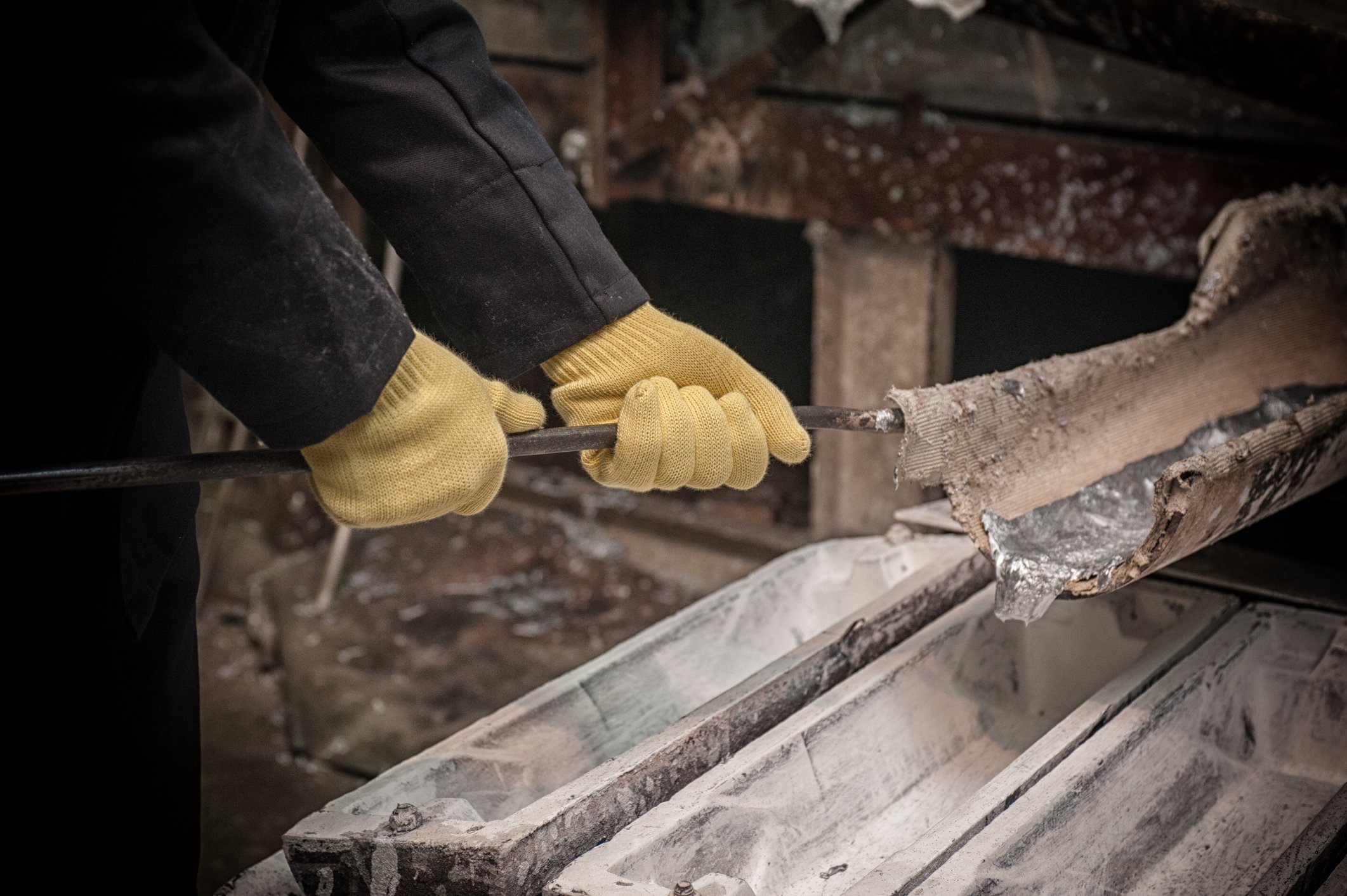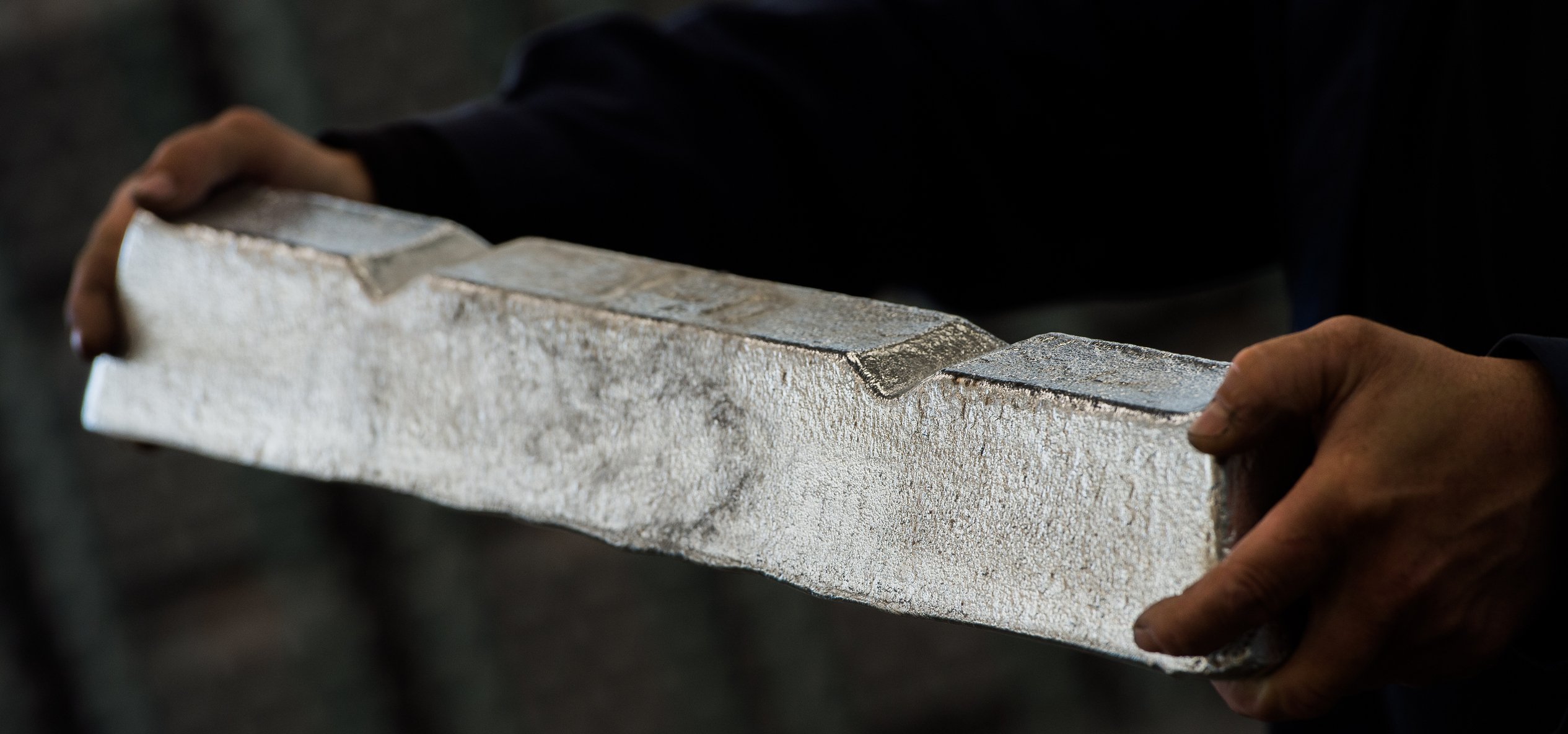This has been a big year for Alcoa (AA +0.00%) since it announced plans to break in two in late September. The big split is really the culmination of years of effort. And this 2015 standout division is the foundation underpinning the soon-to-be stand-alone "Value Add" division.
Metal and parts
Right now, Alcoa is basically two businesses in one. The so called "Upstream" business basically makes aluminum. That's the legacy operation, and it will retain the Alcoa name once the proposed split is complete. The other division, called "Value Add" for now, uses aluminum to make stuff. That includes the mundane, such as soda cans, and the more complex, such as aviation parts.
For a number of years, the company has been pushing these two broad divisions in different directions, building up the Value Add segment while trimming down the Upstream business. Aerospace has been a clear standout and a clear focus. This single business now makes up around 40% of Value Add revenues, larger than any other unit.

Aloca's Value Add division by the numbers. Source: Aloca.
More than just big
But size isn't the only reason aerospace was the standout performer in 2015. For example, divestitures and other corporate actions left the top line roughly flat through the first nine months of the year and the bottom line off some 65% year over year. Aerospace, however, was a headline offset to the pain, showing up in management comments as a positive force in each of the first three quarters.
To be fair, the company's automotive segment came up in all three quarters, too, which jibes with the positive outlook that steelmakers such as AK Steel (AKS +0.00%) have been touting. AK Steel gets roughly half of its revenues from the auto sector. In fact, AK Steel's shipments to the steel industry hit an all-time record. So autos are, indeed, a strong point.
And with automakers like Ford (F 0.38%) increasingly looking to aluminum to reduce car weight and, thus, gas mileage, the auto space is likely to continue to be a good market for Alcoa. Ford and Alcoa are key partners on the automaker's aluminum-heavy Ford F-150. In fact, the aluminum giant sold 133% more in its auto segment year over year in the third quarter.
But automotive's growth is off a really small base, about 8% of Value Add revenues. Sure, this is a growth opportunity for Alcoa as aluminum displaces steel in the auto sector. But it's just not as big a deal as the aerospace opportunity in multiple ways. For example, Alcoa is projecting the automotive sector to grow between 1% and 3% in 2015. That figure is about in line with longer-term projections of 2% to 3% through 2017. Aerospace, on the other hand, is looking at industry growth of 8% to 9% this year, a level that Alcoa believes is sustainable for at least the next couple of years.

Aloca's aerospace outlook. Source: Alcoa.
And while aerospace revenues were up "only" 40% year over year in the third quarter, the vastly larger size of this segment of the company and the higher growth potential for the industry make it the bigger story because of the role this foundation division will play in the company's pending breakup. Now that 40% growth was driven by a mix of organic growth and acquisitions, there's a lot going on in that number. But the size of the aerospace division, its heady growth, and the industry's growth potential all point to a division that has clearly become one of Alcoa's most important and best performing.
A year in review
When investors look back on 2015, it will be remembered as the year that Alcoa decided to break up. But what may get lost in that big-picture view is the key role played by the company's aerospace division, which will be the largest segment of the Value Add business once it's a stand aloneentity. Essentially, this large and fast-growing division is the bedrock on which the Value Add company will be built, which is why it's easily Aloca's best business segment in 2015.






